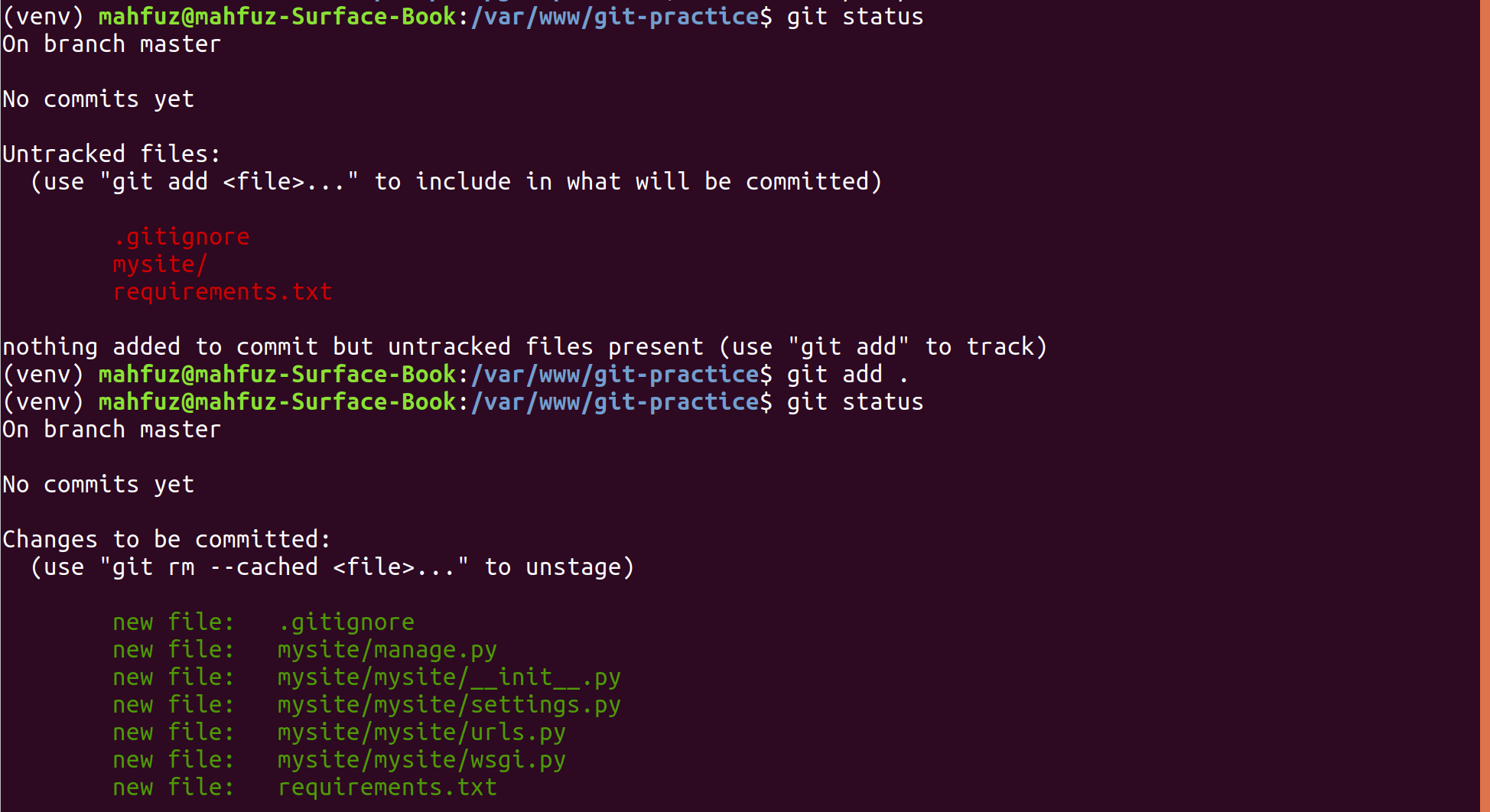

This can be achieved by branching and "rolling back", like so: git branch Sometimes you may need to move several of your recent commits to a new branch. If a given branch name is only found on one remote, you can simply use git checkout -b To create a branch from a remote branch (the default is origin): git branch / another branch name, commit SHA, or a symbolic reference such as HEAD or a tag name): git checkout -b some_other_branch The can be any revision known to git (e.g. To create a branch at a point other than the last commit of the current branch (also known as HEAD), use either of these commands: git branch To create a new branch and switch to it: git checkout -b To switch to an existing branch : git checkout Generally, the branch name must not contain spaces and is subject to other specifications listed here. To create a new branch, while staying on the current branch, use: git branch


Now you can save the file and you will be presented with a screen where you can create a new commit message. If you want to squash (merge) these 4 commits into a single commit then you have to change the last three picks to s. # Note that empty commits are commented out # However, if you remove everything, the rebase will be aborted. # If you remove a line here THAT COMMIT WILL BE LOST. # These lines can be re-ordered they are executed from top to bottom.

# x, exec = run command (the rest of the line) using shell # f, fixup = like "squash", but discard this commit's log message # s, squash = use commit, but meld into previous commit # e, edit = use commit, but stop for amending # r, reword = use commit, but edit the commit message This will present you with something of this sort. Just type: (replacing n with the amount of last commits you want to modify) git rebase -i HEAD~n
#GIT CREATE BRANCH AND MOVE COMMITS CODE#
Suppose you have made a LOT of similar commits into a repository while testing some code and now you want to merge those commits into one. This command has a lot of purposes but I will show you the most-used one. You can make changes to it and then after committing those changes to the local repository you can push them to the remote repository. You can then create a local copy of the remote repo by typing th following command: (You can find your clone url by opening your repo on GitHub and looking at top-right corner) git clone above command will create a local copy of the remote repo. When I access the develop branch via Github, I see the warning in the title. Then I pushed master and develop to remote repository (github). I performed the 'Merge develop into master' operation. I have two branches named develop and master. This will create a copy of that project under your GitHub account. This branch is 1 commit ahead, 2 commits behind master. You can fork another repository of GitHub by going to a repository page and clicking on fork at the top. I am going to share some commands involving github with you. This is the website which is dedicated to git and social coding.


 0 kommentar(er)
0 kommentar(er)
